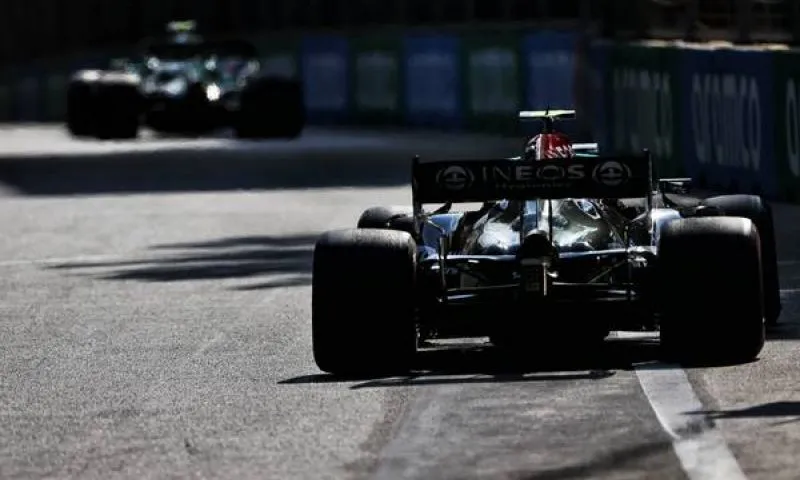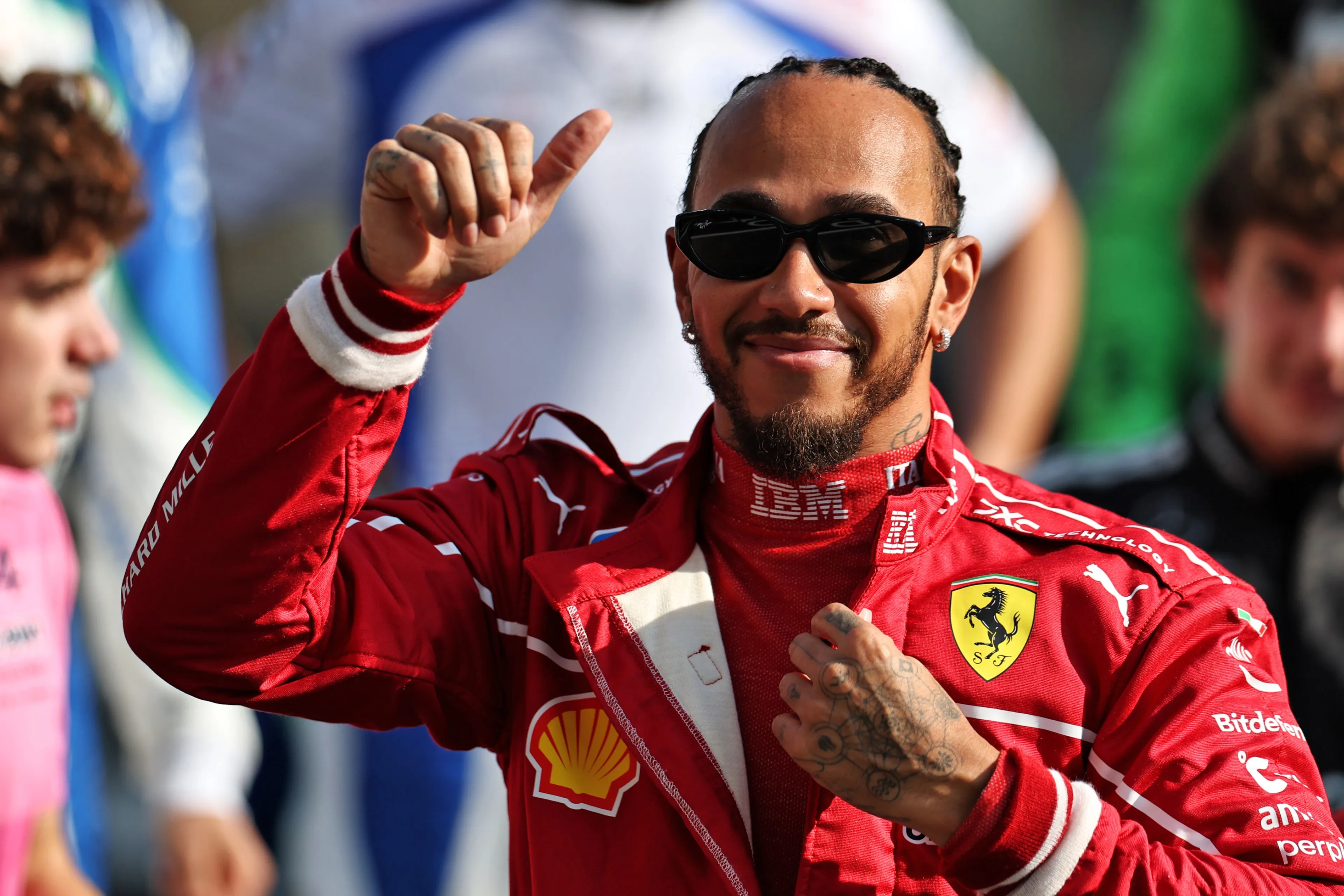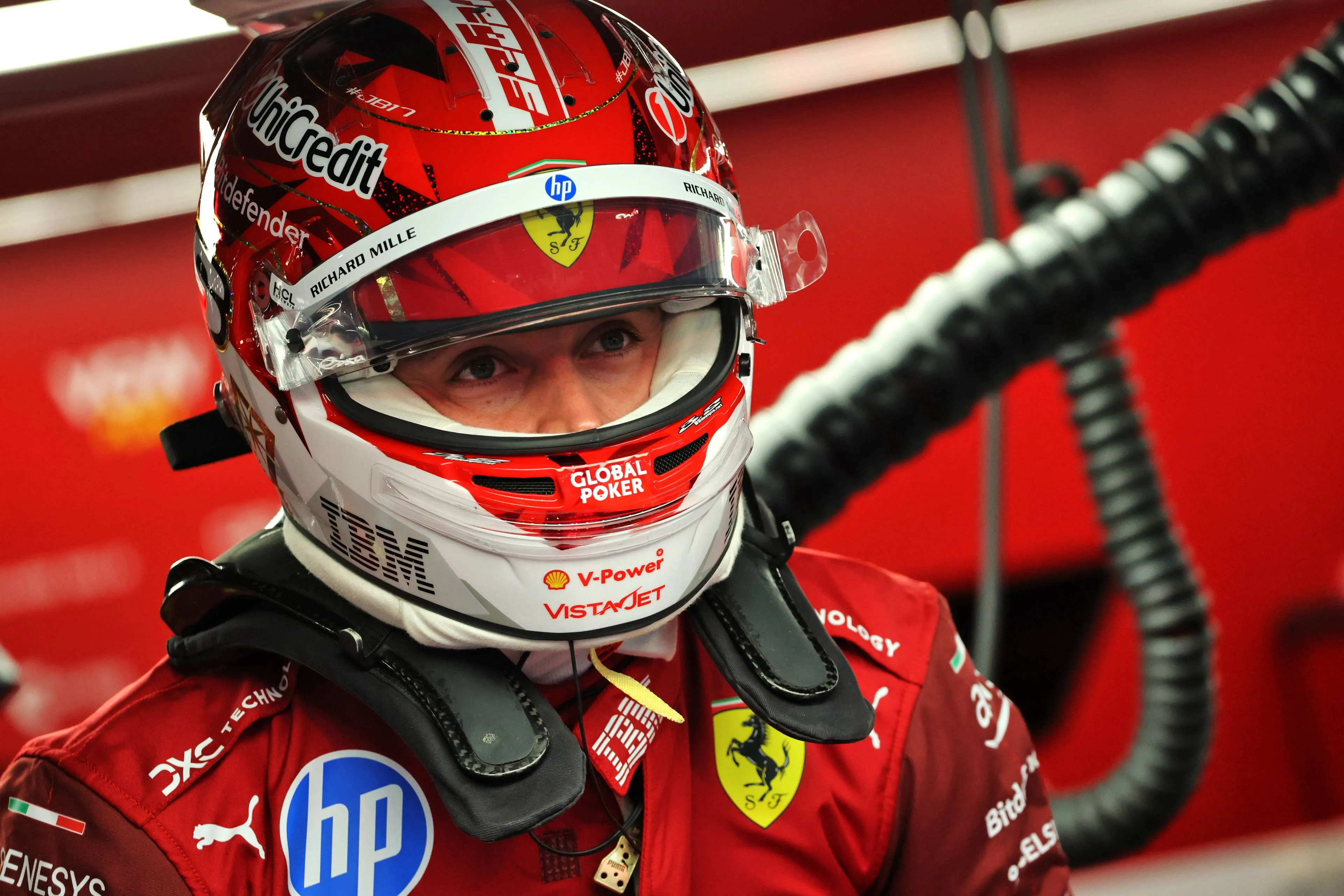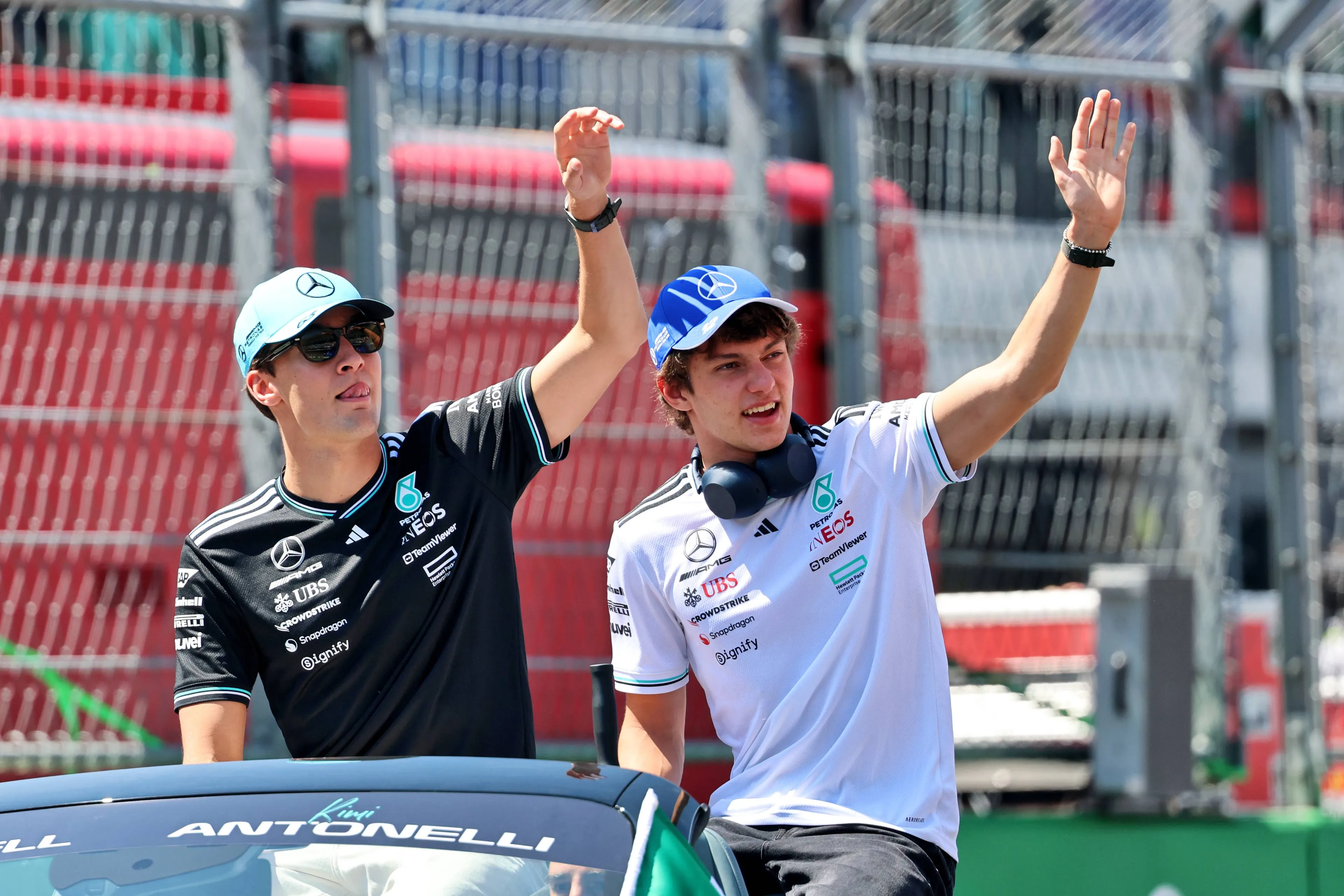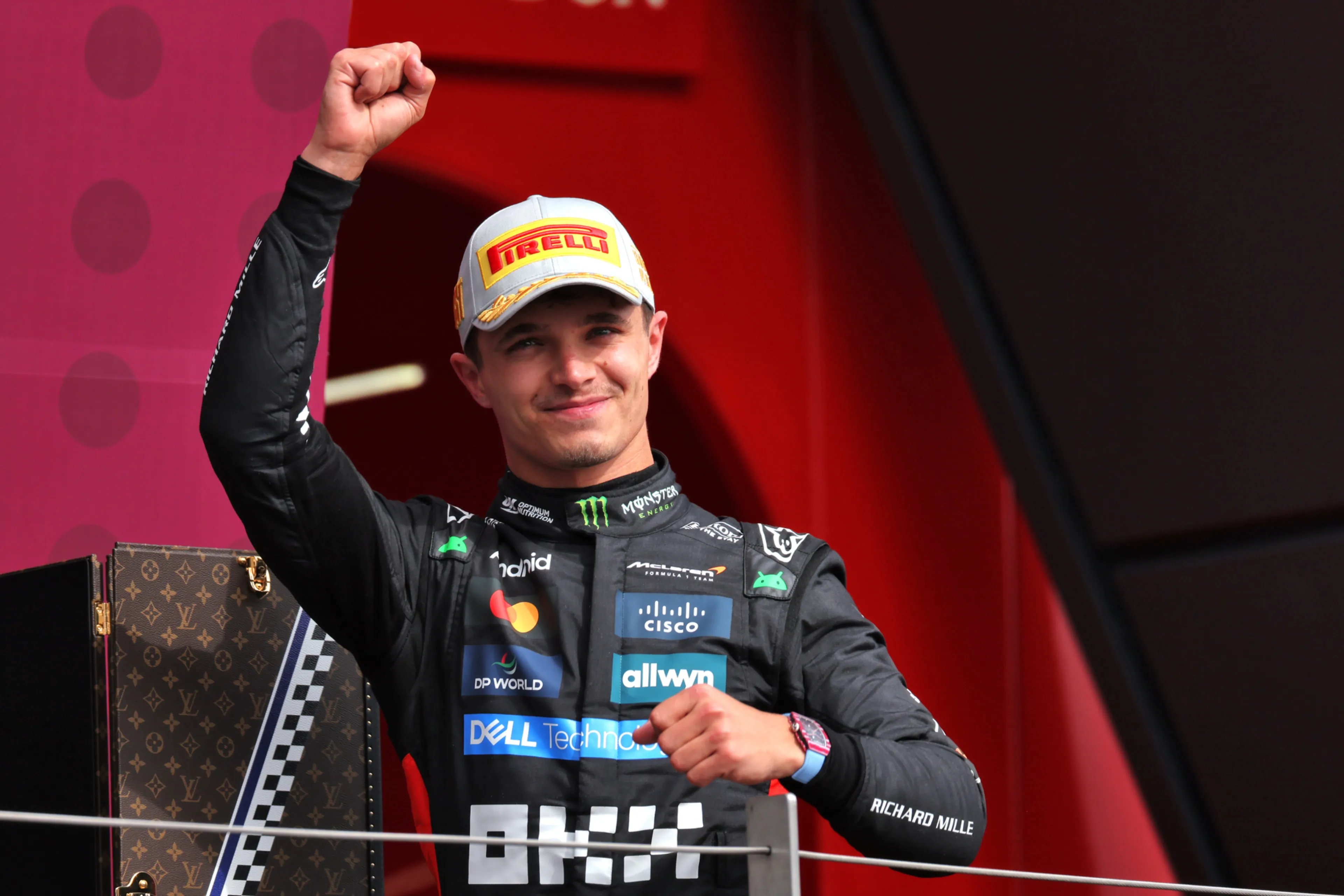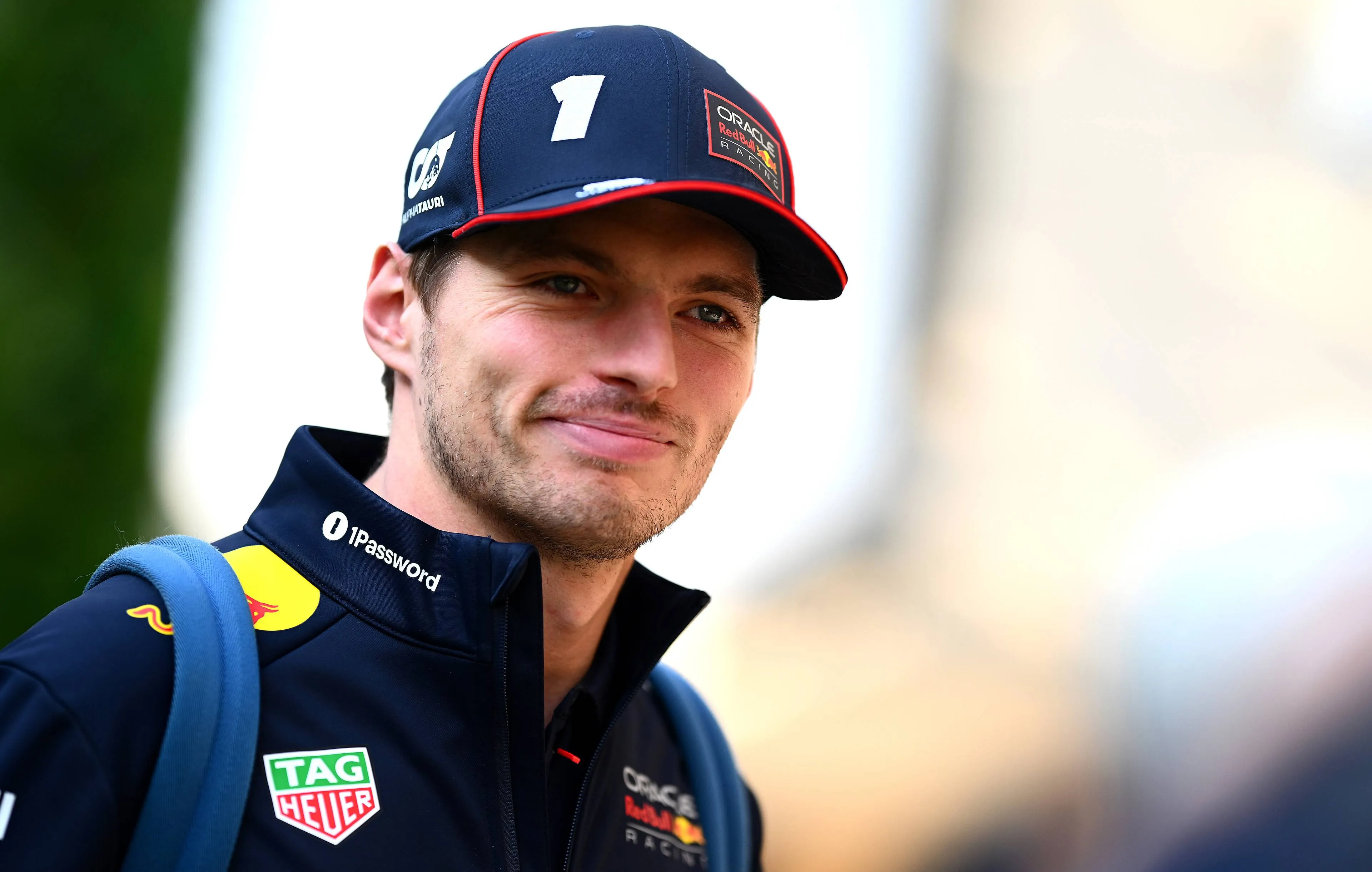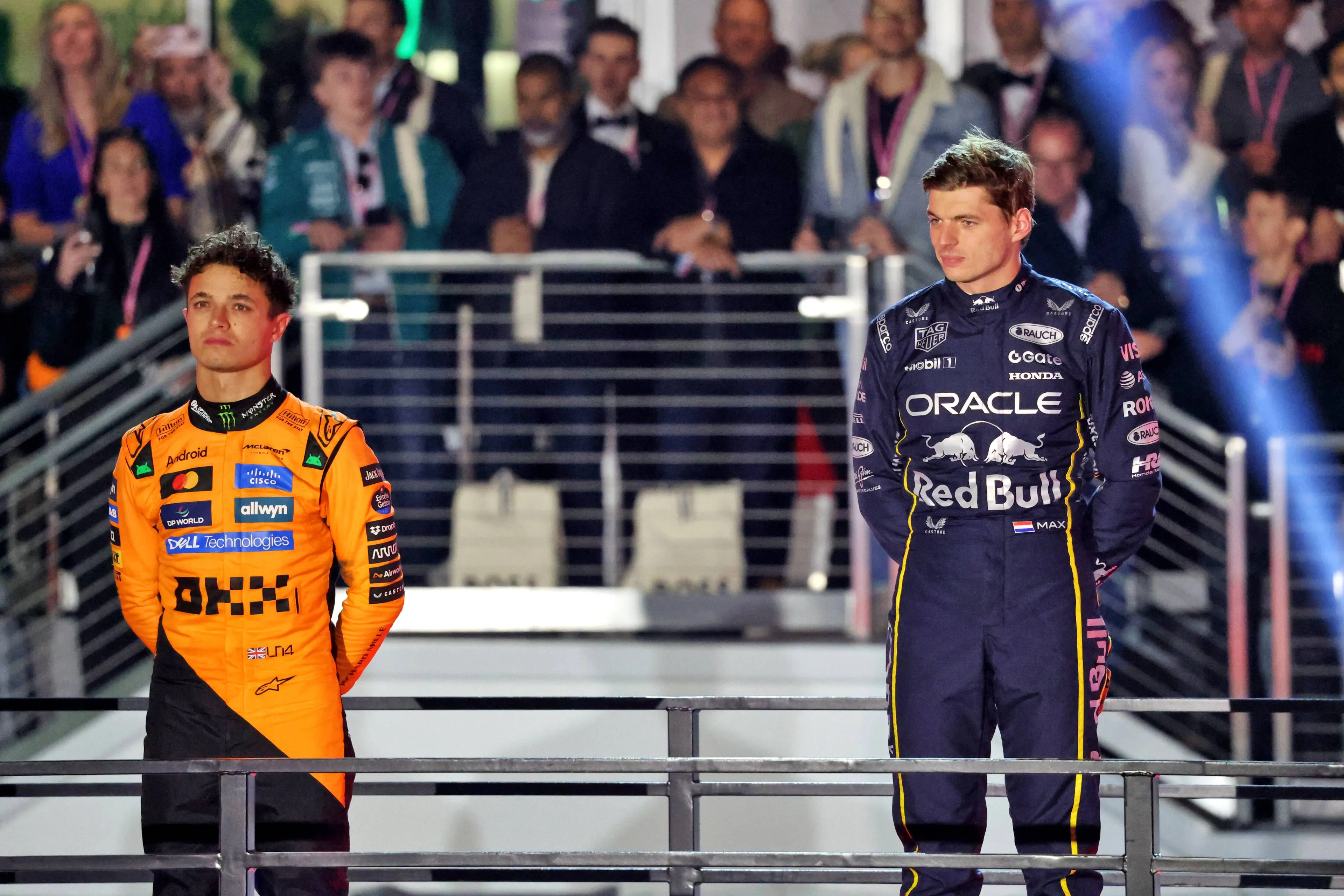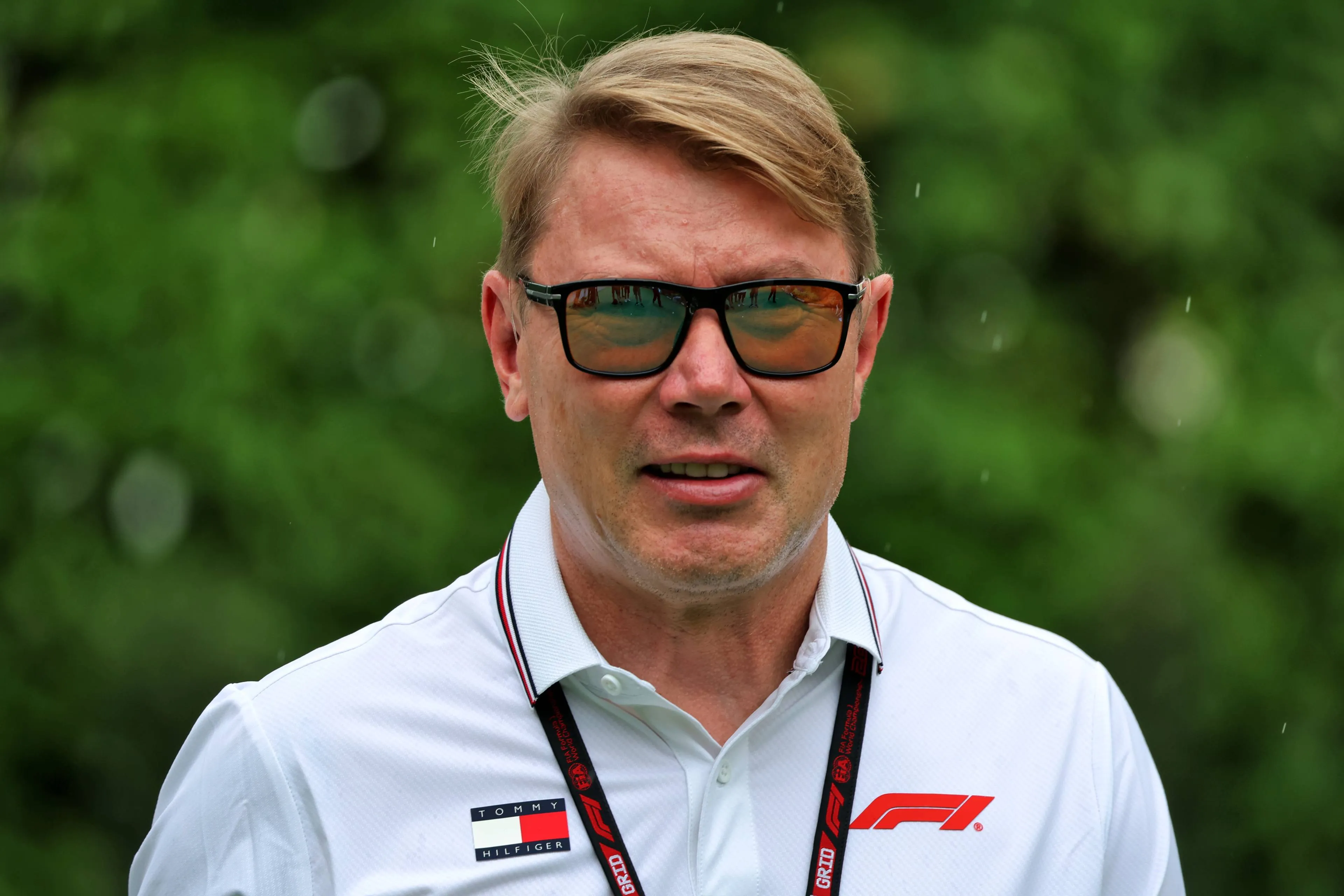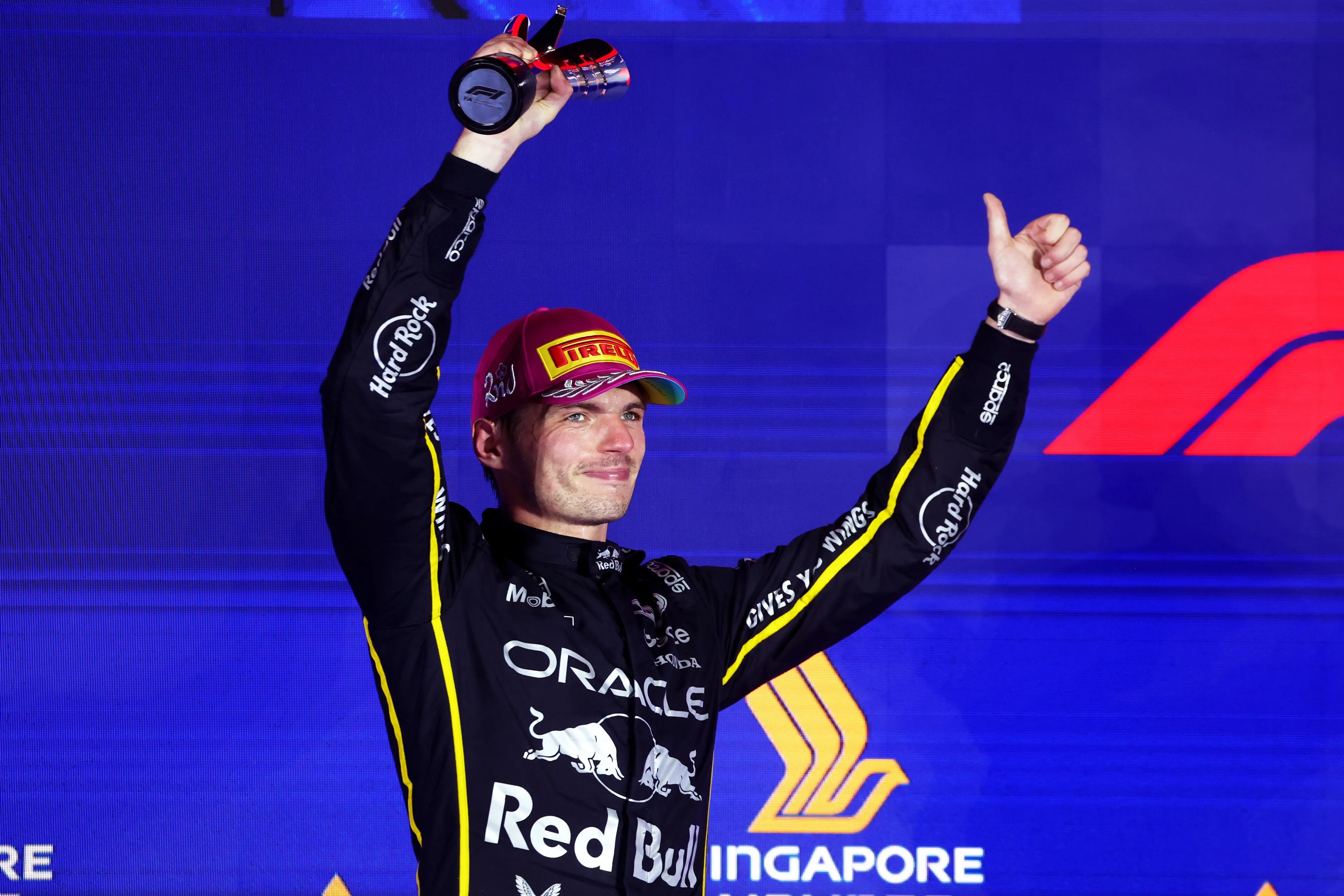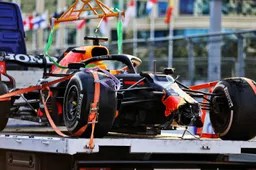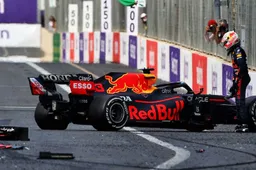In the last two Grand Prix, the Mercedes F1 team has only scored seven points, through Lewis Hamilton’s seventh place at the Monaco Grand Prix. Could this be down to fundamental issues with the car design?
Pre-season Testing
The FIA mandated removal of particular rear-end downforce elements through the regulation changes between the 2020 & 2021 seasons, in order to bring the field closer together performance-wise. Specifically, bargeboard air diversion elements were to be reduced in intricacy, and diffuser vanes were to be reduced in length. With this, all teams had to work hard to bring back downforce levels to help limit their losses in the 2021 season.
Throughout pre-season testing, Mercedes showed a lack of rear-end stability within the car. This resulted in uncharacteristic incidents, such as a spin for Lewis Hamilton through the long right-hander of turn 13, beaching him in the gravel. Neither of the drivers seemed too confident with the car and it certainly reflected, with most pundit claiming that Red Bull would be a closer competitor for the upcoming season.
Recent Races
High downforce is required to navigate through slow speed and tight corners. Potentially, the excess downforce (e.g. higher rear wing angle) piled onto the rear end of the car to compensate for the deficit has resulted in tyre overheating. This would have been especially problematic in Baku, with high winds resulting in tyre carcass temperature fluctuations as well as shifting levels of grip through the corners.
Thus, these results also corroborate with the performances seen at pre-season. This was certainly shown through Valterri Bottas running wide through Baku’s turn 16 and Hamilton’s inability to place the car higher than seventh in Monaco Grand Prix qualifying.
Future Races
Slow speed and city circuits require high amounts of downforce through their sharp corners. This becomes increasingly difficult with buildings also shaping airflow into the circuit, as shown with the Azerbaijan Grand Prix. Abrasive tarmac surface would also pose challenges to preserving tyre life and the increased temperatures compromise entry and exit speeds from corners, due to decreasing grip levels.
Multiple street circuit Grand Prix have been cancelled for this year, with event organisers stating that racing in city streets would pose a threat to the healths of both civilians and F1 personnel. Now with the Mercedes team struggling to find the balance between downforce and tyre degradation, excluding street circuit venues allows some greater breathing room. The German manufacturer will be able to focus more on traditional circuits where threats of tyre degradation are lower and a greater amount of medium to high-speed corners.
However, Mercedes will need to optimise their aerodynamics for slow speed circuits such as Zandvoort & Hungary. Both Ferrari and Red Bull seem to have an upper hand, as both have recorded pole positions and race wins, while the Mercedes team has failed to finish on the podium. Car setup will be even more difficult, as finding optimum downforce may come at risk of laptime or handling ability.
Mercedes have a tough battle on their hands.
Read more about:
Popular on GPBlog
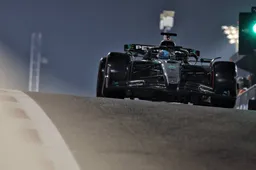
1
'Storm brews around two major F1 manufacturers as 2026 loophole surfaces'
2326 times read
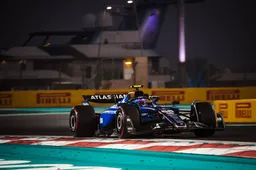
2
Williams unveil fan-voted special livery for 2026 pre-season testing
1285 times read
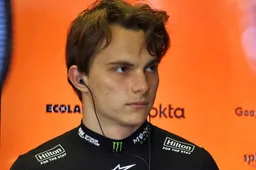
3
Australia needs to let it go: Piastri was NOT "robbed" by McLaren
866 times read

4
Ferrari boss leaves door ajar to possible Hamilton race engineer reshuffle
660 times read
Loading
